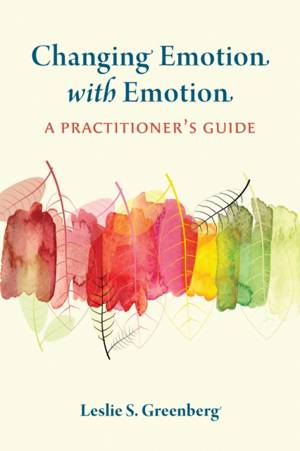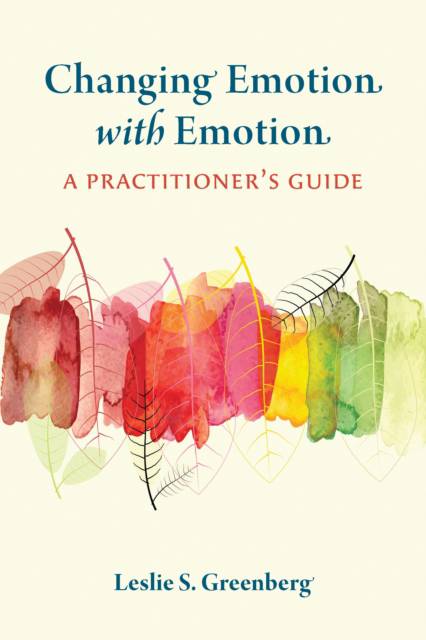
- Retrait gratuit dans votre magasin Club
- 7.000.000 titres dans notre catalogue
- Payer en toute sécurité
- Toujours un magasin près de chez vous
- Retrait gratuit dans votre magasin Club
- 7.000.000 titres dans notre catalogue
- Payer en toute sécurité
- Toujours un magasin près de chez vous
88,95 €
+ 177 points
Description
Mental health providers confront emotional suffering every day, yet working with emotion is rarely explicitly taught in clinical graduate programs. There is evidence that emotional experience in therapy relates to therapy outcome across multiple diagnoses. This research has given rise to strategies that address the core maladaptive processes that cause distress and dysfunction, rather than specific diagnoses. This book presents principles and methods for working with emotion in psychotherapy to target the internal mechanisms that underlie anxiety, depression, and other common clinical disorders. Chapters in this volume focus on methods that help clients with all types of disorders to "arrive at," or fully experience, their painful maladaptive emotions, and then "leave" these emotions by accessing new, adaptive emotions. These methods include helping clients sit with painful feelings, access bodily felt experience, identify unmet needs, and articulate the meaning of an emotion. Excerpts of moment-to-moment clinical dialogue demonstrate techniques such as memory reconsolidation, providing corrective emotional experiences, chair work, and imaginal reentry to past situations.
Spécifications
Parties prenantes
- Auteur(s) :
- Editeur:
Contenu
- Nombre de pages :
- 373
- Langue:
- Anglais
Caractéristiques
- EAN:
- 9781433834691
- Date de parution :
- 08-06-21
- Format:
- Livre broché
- Format numérique:
- Trade paperback (VS)
- Dimensions :
- 152 mm x 226 mm
- Poids :
- 521 g







